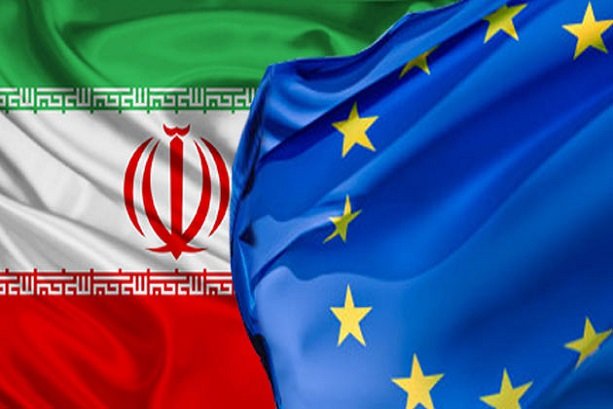EU, Iran sign nuclear safety deal, one more in coming weeks

TEHRAN – Iran and the European Commission have signed a €2.5-million project for nuclear safety cooperation, the first ever under the framework of a 2015 international nuclear deal, saying that a second one will be finalized in the coming weeks, the EU official website said on April 18.
The project aims to enhance the capabilities of the Iranian Nuclear Regulatory Authority (INRA) by preparing a feasibility study for the Nuclear Safety Centre foreseen in the JCPOA.
It will support the INRA in developing a nuclear regulatory framework, working toward the accession by Iran to several international nuclear conventions, including the Convention on Nuclear Safety, and reviewing the results of the stress test to take place in the Bushehr nuclear power plant.
The project is the first of a €5-million action approved by the European Union in 2016 under the Instrument for Nuclear Safety Cooperation. A second project for the stress test at the Bushehr nuclear power plant is going to be signed in the coming weeks.
The announcement comes three days after a 12-page report by Iran’s Foreign Ministry to parliament on the nuclear deal, in which it cited the project as a key achievement.
Both of the projects had been foreseen in a joint statement made in April 2016 in Tehran by Iranian Foreign Minister Mohammad Javad Zarif and EU foreign policy chief Federica Mogherini who visited Iran along with seven European commissioners.
The statement set a roadmap for cooperation between the two sides in 17 areas, including civil nuclear cooperation.
It said: “With a view to contributing to the implementation of measures listed in Annex III of the JCPOA, the two sides are launching a first cooperation project in the field of nuclear safety aimed at assisting the Atomic Energy Organization of the Islamic Republic of Iran and the Iranian Nuclear Regulatory Authority through EU development assistance.
“In addition, the EU will share with Iran its experience acquired from stress tests carried out within the EU and in third countries. Additional options for co-operation in the civil nuclear field include joint fission and fusion research activities, as well as a possible regional nuclear safety conference and a nuclear business forum.”
Political space for dialogue with Iran has emerged after the nuclear deal, which removed sanctions against Iran in reward for it scaling down its nuclear program.
In addition to the U.S., China, and Russia, the EU, represented by Germany, France, and England, brokered the accord with Tehran.
In June 2016, the EU put out an in-depth analysis of the EU Strategy for relations with Iran after the deal, highlighting that “In both the nuclear issue and regional turmoil highlighted that for the EU not to have a functioning relationship with Iran is politically very costly.”
“Iran is too big and too important of a regional actor for it to be ignored.”
More than a year into the implementation of the deal on January 16, 2016, the two also held a high-level seminar on nuclear cooperation in Brussels on Feb.28-March 1, named “International Nuclear Cooperation: Expectations and Responsibilities”.
Iran had already started international cooperation on nuclear safety with Japan, which decided to offer Iran around €2.05 million ($2.2 million) for nuclear safety initiatives to help the Middle Eastern state implement the accord.
For Iran, increasing international nuclear safety presents an opportunity for cooperation between its Arab neighbors, some of which are concerned because the Bushehr nuclear power plant is located closer to some of their capitals than to Tehran.
The light-water moderated and cooled reactor, built using German and Russian technology, sits on the intersection of three tectonic plates and just across the water from Iran’s Arab neighbors.
The predominant weather pattern in the Persian Gulf is northwestern winds, making the region vulnerable to any radiation leaks. Any accident would also disrupt the Persian Gulf's water supplies because of the nature of coastal currents.
Also, high temperatures in the area mean the plant's cooling function has to work much harder and dust makes it difficult to keep the equipment clean.
AK/PA
Leave a Comment